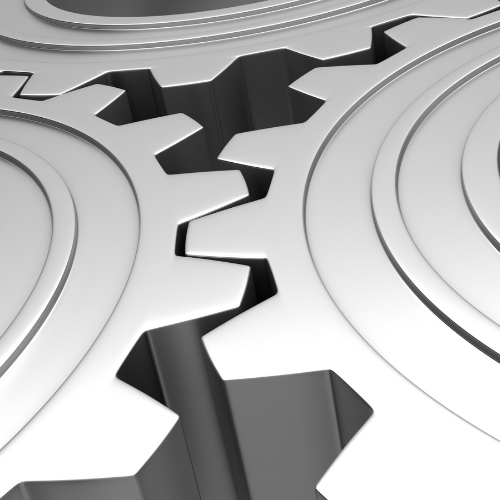
As a manual therapist, your role includes being a guide for others. You are helping clients reconcile their experience being in their body. There is a saying: we cannot lead a person on a path that we have not travelled ourselves. As a guide, you are tapping into your experience which then provides insight for helping them to navigate their experience.
When working with clients, you are helping them to create a new outcome from what they have been experiencing. They come to you because they view you as having a skill or expertise that can help them. This is why it is important for you to do both your own inner and outer work.
Inner work consists of things like:
- self-examination, taking inventory of past events and associations you have to those events,
- being reflective of how you respond to the joys and stresses of life,
- having a mindful relationship with your sympathetic load, and using tools to down regulate to a parasympathetic state,
- and continually working with the triggers that show up in your life.
Outer work includes:
- how you take care of your physical body,
- the nutrition you take into your body,
- the nourishment you get from socialization,
- and your method for exercising your body for health and vitality.
Particularly as a manual therapist, your movement practice is a critical interface between your inner and outer experience. In order to be of the greatest benefit to your clients, you must be doing your inner and outer work. This includes having a potent movement practice
The three lenses of perception, sensory, feelings and thoughts are the three categories of information that your nervous system is sorting through as you create associations that define the present moment. These three lenses are a critical component of DNA-Assessment, and here’s why. Sensation in relation to movement offers feedback that informs physical experience. When you can change the sensations in movement, you are also changing the feelings that arise from that movement. This inturn changes your thoughts and the feedback loop of perception in its entirety. We like to say in DNA, “change your movement, change your experience.”
When movement is practiced mindfully, it is one of the more tangible and objective feedback tools in your toolbox. You can sense and feel when movement is smooth, flowing, and at ease. Conversely, there is also a distinct sense and feeling when movement has elements of resistance and/or awkwardness. This is the spectrum of the movement playing field, ease to resistance. The nervous system is also following this spectrum, from normally responsive to hypertonic, or an up-regulated nervous system. (See my homeostasis blog).
A well-balanced movement practice has several attributes: recovery, skills acquisition, and workload generation. Recovery of range of motion is discovering what has been lost due to inactivity or stress, trauma, and injury. Recovery consists also of restoring the fundamental building blocks that provide the nervous system with the options to solve a solution in the movement environment. When these building blocks are available, the nervous system can assemble them in the most efficient way. However, when they are not available, the nervous system must create a work around, like a coping strategy, to contend with the movement environment.
Skills acquisition is the next stage of motor learning. This is when we combine the fundamental building blocks into more sophisticated motor skills. Different activities require different skill sets. As such, the optimal method for developing those skill sets also differs. For example, a swimmer needs different skill acquisitions than a track and field athlete. What is a constant between all athletic forms is the foundational building blocks. How these building blocks are organized and sequenced defines the differences in the skill sets.
Once we have a level of mastery in place, then we can explore workload generation by taking those skill sets and further developing them by changing variables of resistance like load, speed, duration are variables one would toggle to develop workload generation.
In DNA, we use a modality called joint flossing to put these movement concepts into practice. Joint flossing is movement that toggles between available end ranges of motion under no or low load. Joint Flossing is also the entry point to recovering the fundamental building blocks of movement and it is diverse in its application.
As a therapist you want to be the very best you can be for your clients. This is why you need a daily mindful movement practice that not only helps you as your own client first, but also is helpful in developing the vernacular used in your assessment process. In my course, Gait Master Class, I have clearly laid a progression of recovery of foundational building blocks, skills acquisition and workload development as it pertains to the walking gait. When you own this type of work, your capacity to help your clients will be exponential. You need movement so that you can help your clients move better and create change in their experience.